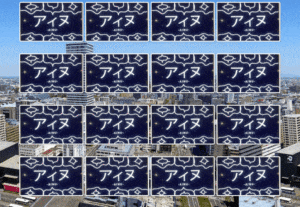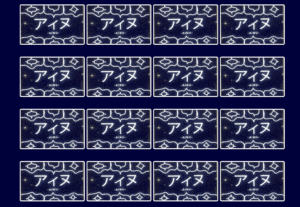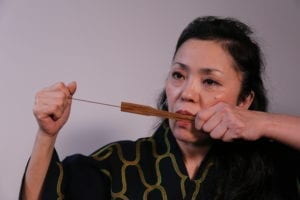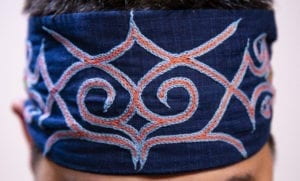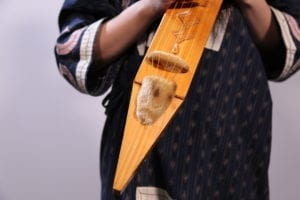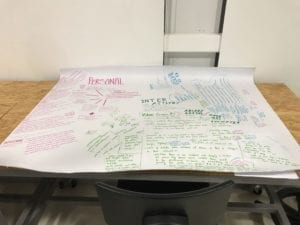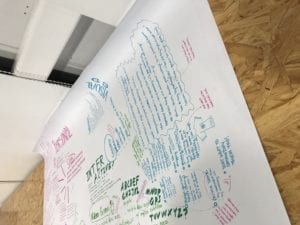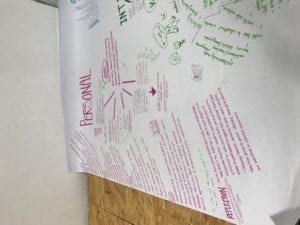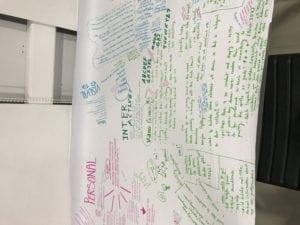Project Description:
For our project, we wanted to investigate the links between air pollution, the economy, and health awareness. We chose Xujiahui as our site due to its active changes in AQI, growing economic activities, and the lack of health awareness surrounding this area. We have photographs, videos, interviews, and AQI screenshots woven together in a three-part video as our final product. The first part is background information on AQI in Shanghai. The second part is an interview with a construction worker, and the third part is a subjective view based on our own observations of the site while filming. The juxtaposition between the construction worker’s knowledge about the current Shanghai construction industry and our observations was the main focal point of the project, and we wanted to highlight the (missing) link between the government and the general public. Our inspiration stems from the field trip we took to Xujiahui with our class. During that trip, we discovered numerous construction sites and noticed the amount of noise it created, as well as the high level of AQI in relation to these construction sites. In creating a narrative, we wanted to use the AQI monitors in the Xujiahui area (which documented the air quality) to serve as our ‘surveillance camera’ in viewing the Xujiahui area through statistics such as varying levels of PM2.5 and PM10. With our video, we hope to raise awareness for the urgent matter of climate change and for our audience to understand the impacts of ongoing economic activities in their homes. Therefore, our project aligns with the concept of geocinema as we portray it in a monitoring fashion through the AQI monitors located in Xujiahui, and connected it with the bigger picture of investigating China’s economic boom in relation to society.
I liked working on this project. I was able to look a bit more into an issue that’s affected me all three years of living in Shanghai.
First, we had settled on the site, but when I showed up to film for the first time, the construction site we planned on had already been finished. I walked around a small area of Xujiahui, documenting different areas I saw as potential for our new site. We found one to focus on, but also grabbed footage from the surrounding area. We were interested in the general public as part of our project, so we moved around the site a little.
After we had gotten some more initial footage and gotten some feedback from our class, we realized we needed footage of a really badly polluted day. So we went on a day that was forecasted to reach 200(+). We were able to get some good footage that day, too.
We uploaded all our footage to a Google Drive folder. A rough cut was made, a script and narration were written and recorded, and statistics were found. We slowly added these into the rough cut until it became our final cut.
Here are some photos from the area:
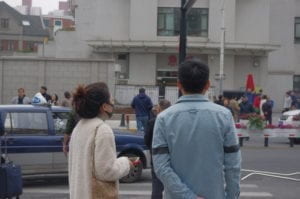
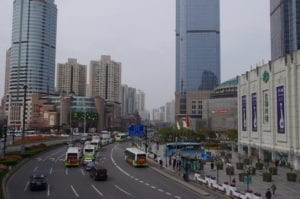
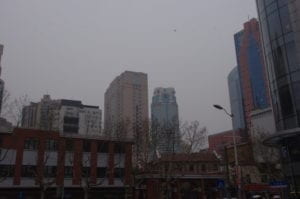
Here is the AQI site we used: http://aqicn.org/city/shanghai/xujiahui
Here is our final video: https://drive.google.com/file/d/1gl_gM-Ce3hXT8sMFiRyvZZtt8SseeuoL/view?usp=sharing
Bibliography
“Air Pollution in Shanghai.” Health and Safety In Shanghai, Health and Safety In Shanghai, 16 Jan. 2018, 02:46, www.healthandsafetyinshanghai.com/air-pollution-in-shanghai.html.
World Air Quality Index. “Xujiahui, Shanghai Air Pollution: Real-Time PM2.5 Air Quality Index (AQI).” Real-Time Air Quality Index For More Than 60 Countries in the World, The World Air Quality Project, 2019, aqicn.org/city/shanghai/xujiahui/.
